The Steelers believe in the value of stability, but stability without quality performance is nothing but counterproductive stubbornness. There may be a certain organizational pride in having employed only three head coaches since 1969, but if not for the six Super Bowls those men combined to win that statistic would deserve to be mocked instead of praised.
The same standard applies to those who worked in the Player Personnel Department and thus were responsible for "shopping for the groceries" that went into the recipes for those championships and all of the other successes the franchise has enjoyed since the 1970 NFL-AFL merger.
Which brings us to Kevin Colbert, the most recent man to head what now has come to be known as Football Operations and the first officially titled general manager in franchise history. Starting this evening, Colbert will supervise a Steelers draft for the 22nd time, and the contract extension he signed earlier this offseason means there will be a 23rd time in 2022.
Colbert is still on the job, and he has been successful at his job because he is organized, thorough, patient, accountable, and he's not in love with the sound of his own voice. On Monday, April 26, Colbert and Coach Mike Tomlin did their annual pre-draft news conference, and as usual, Colbert opened the session, not by talking about how no NFL Scouting Combine made his job more difficult, not by talking about all of the time and effort he put into the process, but by thanking the various departments in the Steelers organization and many of the specific people within those departments whose work contributed to the overall team effort that goes into each NFL Draft for the Pittsburgh Steelers.
In response to a question about identifying who has the final say on each individual draft pick, Colbert explained the procedure this way: "We always say this: Whenever we make a pick, it's a Pittsburgh Steelers pick. We just finished three weeks of intense meetings where scouts, assistant coaches, coordinators, the head coach, the GM, we all had our chance to have our input. But when we put a grade on a player, it's not Coach's grade, it's not my grade, it's our grade. When we select that player, it will be done (based on) what's best for the Pittsburgh Steelers. And of course, (Steelers President) Art Rooney II will be involved because he is the owner and he knows every step of the process. He sits in on meetings when he can. He gives us input when he can and when he wants to. Of course we're going to follow those leads, but I think he trusts us, as well, to present the information that, again, we've spent not only the last 11 months gathering but these last three weeks of really trying to tie it all together and formulate an evaluation and formulate a pick that's for the Pittsburgh Steelers."
With the start of Colbert's 22nd Steelers draft set to begin hours from now, it's appropriate to look back at the successes of the previous 21 and chronicle the best player added, by round. And it's worth mentioning that there have been enough quality players added over those two-plus decades for the Steelers to have won two Super Bowls, three AFC Championships, and 10 AFC North titles, plus make 13 playoff appearances and endure only one losing season while never having an original pick higher than 11th overall.
The following is an analysis of the best draft picks of the Colbert era, by round, with the players selected in the 2020, 2019, and 2018 drafts not considered because their careers haven't had sufficient time to develop:
SEVENTH ROUND
The Best: Brett Keisel
Other notable picks: Kelvin Beachum, David Johnson, A.Q. Shipley, Tyler Matakevich
In the seventh round, it's a decent accomplishment to find a player who helps the team as a capable member of the practice squad, but Keisel, Beachum, Johnson, Shipley, and Matakevich all did better than that.
Matakevich has been primarily a special teams player so far in his five-year career, but he's still in the league and already has earned $7.7 million playing professional football. Johnson needed a bit of time to find his position in the NFL, and early on he bounced between tight end and fullback, but no matter where he lined up his forte was blocking. Johnson played seven professional seasons, and he appeared in 98 games with 37 starts, and his career earnings were $5.4 million.
It's difficult enough to find offensive linemen in the draft who develop into capable starters, and to do that with seventh-round picks is akin to hitting the football lottery. A.Q. Shipley has played eight NFL seasons and made 72 starts, primarily at center, during that time, and he has $7.2 million in career earnings so far.
Beachum has done better than that, in terms of the position he plays (primarily left tackle), his nine years in the league during which he has started 115 games, and in terms of career earnings of $34.7 million and counting.
But money aside, Keisel is easily the best seventh-round pick of the Colbert era, because he was a significant contributor on two Super Bowl championship teams – Super Bowl XL as a fearsome special teams player and Super Bowl XLIII as a starting defensive end on a unit that allowed only 19 offensive touchdowns over the 16-game regular season. Keisel finished his 13-year career with 30 sacks, seven forced fumbles, nine fumble recoveries, two interceptions and 408 tackles, and he did this while his primary job was to occupy blockers to allow the four starting linebackers – James Harrison, James Farrior, Larry Foote, and LaMarr Woodley – to flow freely to the football and make plays.
Top Ten Photographs of Brett Keisel.










SIXTH ROUND
The Best: Antonio Brown
Other notable picks: Vince Williams, Anthony Chickillo, Chris Kemoeatu, Daniel McCullers, Ryan Mundy
Chris Kemoeatu was a starting guard for three straight seasons, but at the time that had the feeling of being the best of some bad options. Vince Williams has started a bunch of games at inside linebacker and has come to be known as a player who "bleeds black and gold, and really his decision to come back is just an example of an opportunity for him to display that," according to Coach Mike Tomlin.
But adding a historically dynamic player from the sixth round of any NFL Draft is close to impossible. In modern times, there is Tom Brady, and when it comes to Steelers history, there is Antonio Brown, who at the time of the 2010 NFL Draft was a little-known wide receiver from Central Michigan.
During the six-season span of 2013-18, Brown had 110 catches for 1,499 yards and eight touchdowns in 2013; 129 catches for 1,698 yards and 13 touchdowns in 2014; 136 catches for 1,834 yards and 10 touchdowns in 2015; 106 catches for 1,284 yards and 12 touchdowns in 2016; 101 catches for 1,533 yards and nine touchdowns in 2017; and 104 catches for 1,297 yards and 15 touchdowns in 2018.
And it went beyond raw statistics. In the 2010 AFC Playoffs, Brown made huge plays late in the Divisional Round win over the Ravens and then the AFC Championship Game vs. the Jets to help the Steelers get to Super Bowl XLV; and on Christmas Day in 2016 he saved the day by powering into the end zone as time expired to account for the decisive touchdown in a 31-27 win over the Ravens that clinched a division title for the Steelers and knocked Baltimore out of the playoffs.
Anthony Chickillo has been in the league for six years so far and has $7.5 million in career earnings; Daniel McCullers has been in the league seven years so far and has $5.24 million in career earnings; and Ryan Mundy played for three teams over six years and earned $3.8 million. In the sixth round of any draft, those qualify as successes.
Top photos of wide receiver Antonio Brown.
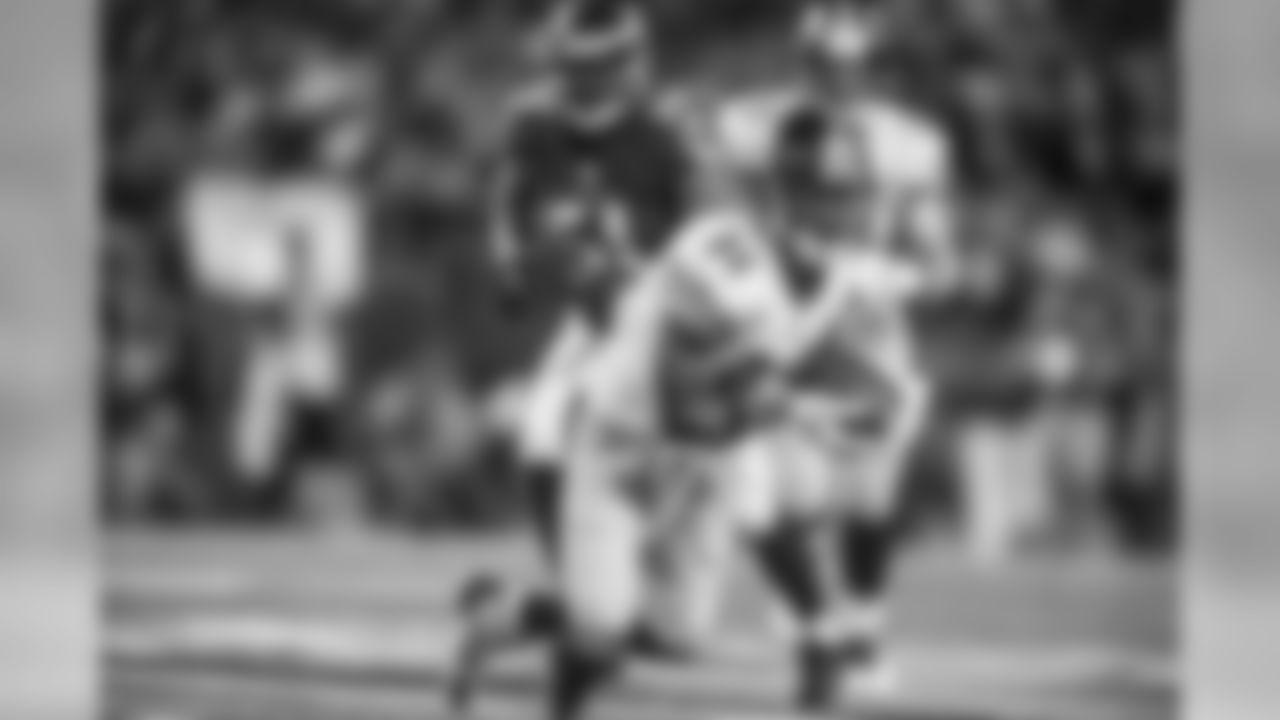

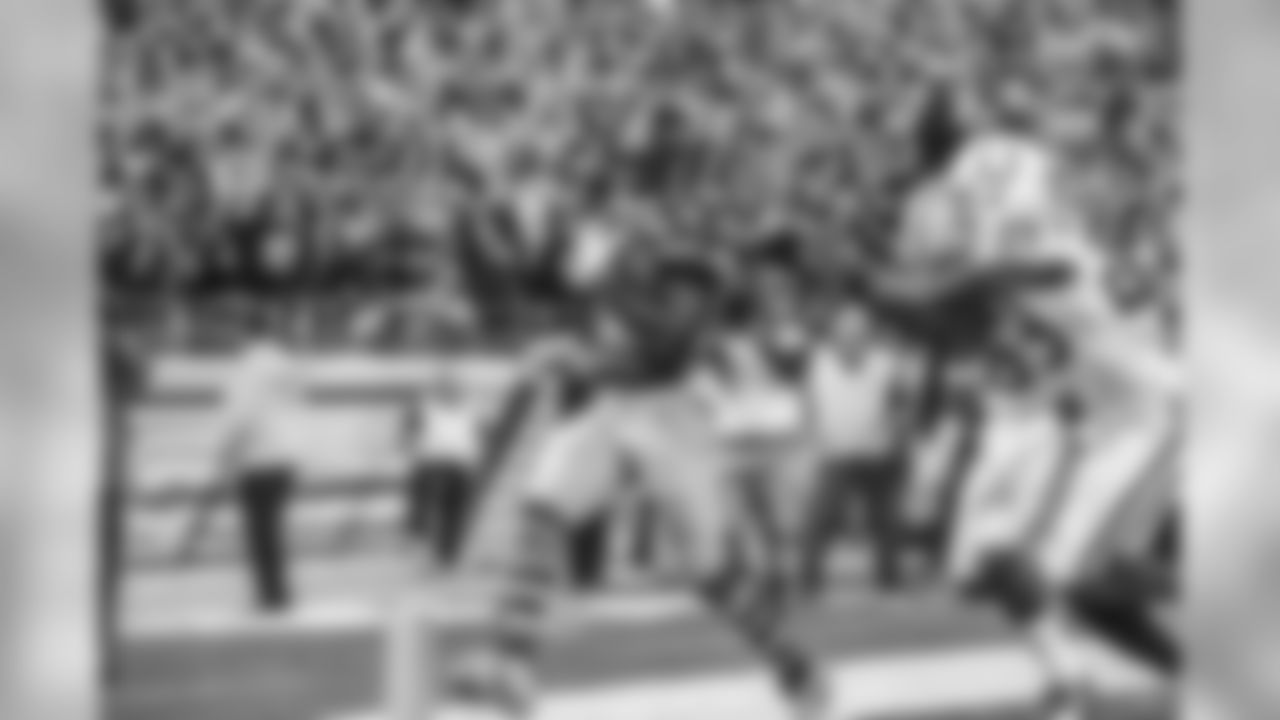



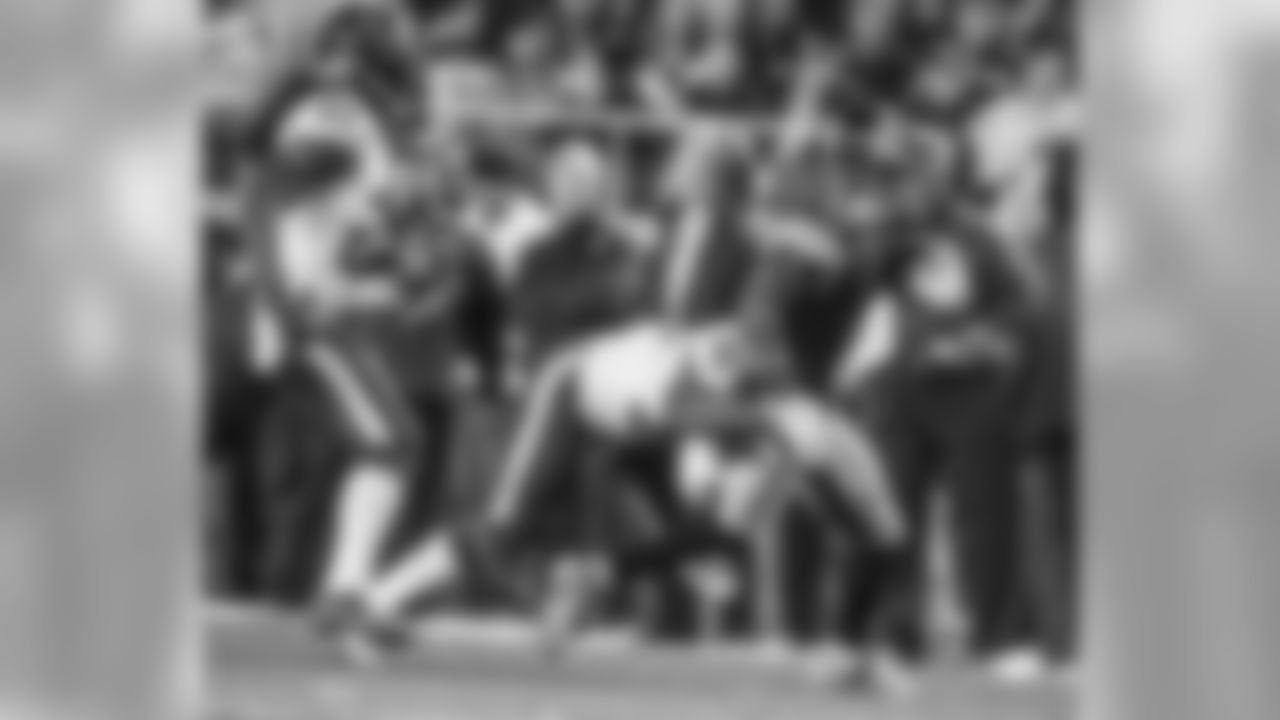
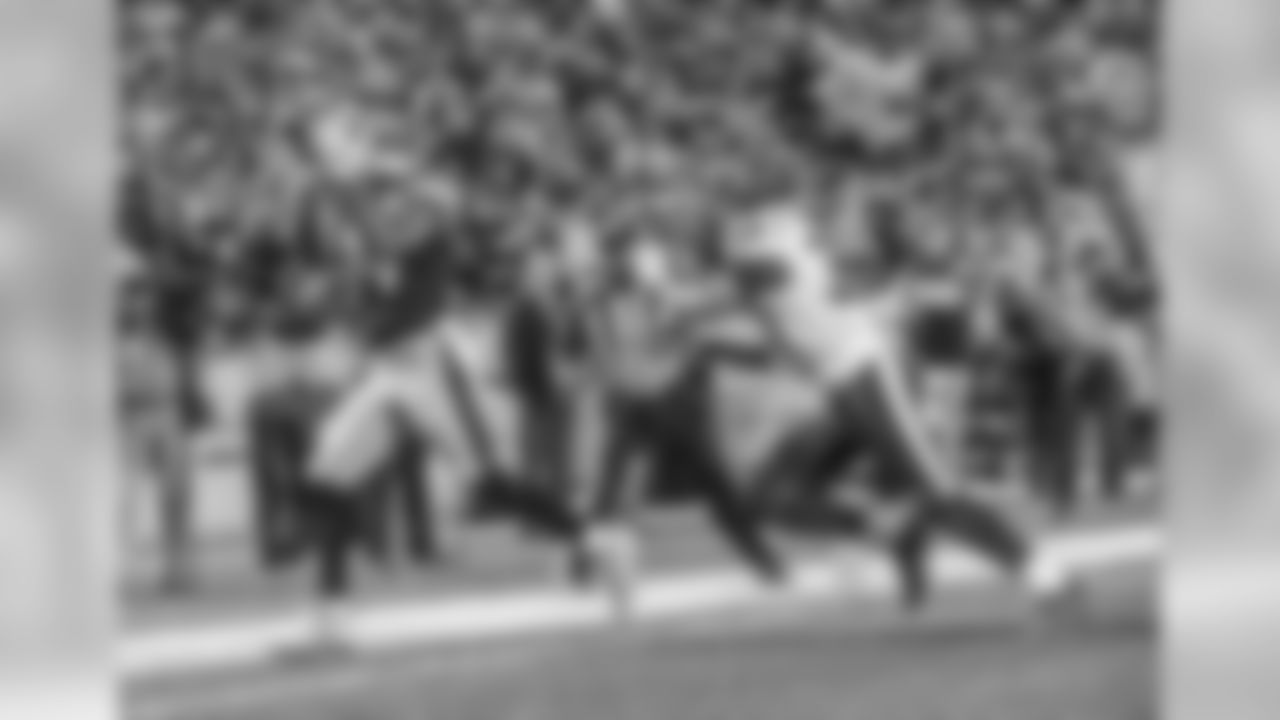












FIFTH ROUND
The Best: William Gay
Other notable picks: Clark Haggans, Chukky Okobi, Jesse James, Verron Haynes
For every generation of Steelers fans, there seems to be a player who comes to be irrationally criticized, and during many of his 10 seasons in Pittsburgh that player was William Gay.
Gay never played to the level of a guy who was a consistent threat to make the Pro Bowl, but he was dependable, versatile, smart, a good teammate, and there can be no argument that he had his moments. In 2014, as one example, Gay tied for the team lead with three interceptions, and if that seems like a pedestrian total, he returned all three for touchdowns.
Gay put together an 11-year career in the NFL, during which he appeared in 176 regular season games with 101 starts, during which he posted 87 passes defensed, and if he "only" managed 13 interceptions during that time he did return five of them for touchdowns, all the while earning $15.5 million and one Super Bowl ring for playing professional football. He contributed 41 tackles and seven passes defensed for the 2008 Super Bowl XLIII Champions and 48 tackles and 11 passes defensed for the 2010 AFC Champions.
Clark Haggans put together a 13-year NFL career, during which he appeared in 172 regular season games with 104 starts. He was a full-time starter at left outside linebacker for the Steelers for four seasons, one of which was in 2004 when the team finished 15-1 and another was in 2005 when the Steelers won Super Bowl XL. Haggans finished with 46.5 regular season sacks and had one in the victory over Seattle in Super Bowl XL.
Verron Haynes had a seven-year NFL career as a backup halfback/third-down back and special teams player, and Chukky Okobi played for seven years as a backup offensive lineman. Both Haynes and Okobi won Super Bowl rings with the Steelers at the end of the 2005 season.
Photos of Cornerback Will Gay from the 2013 season.




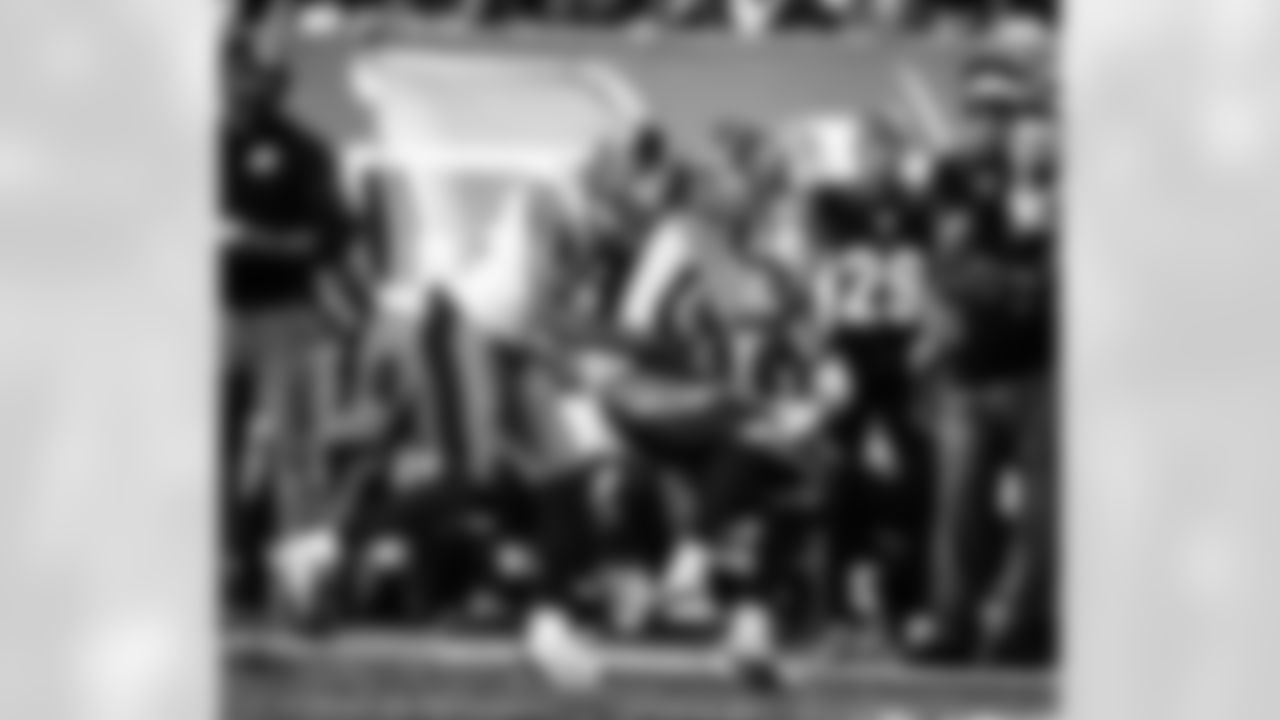

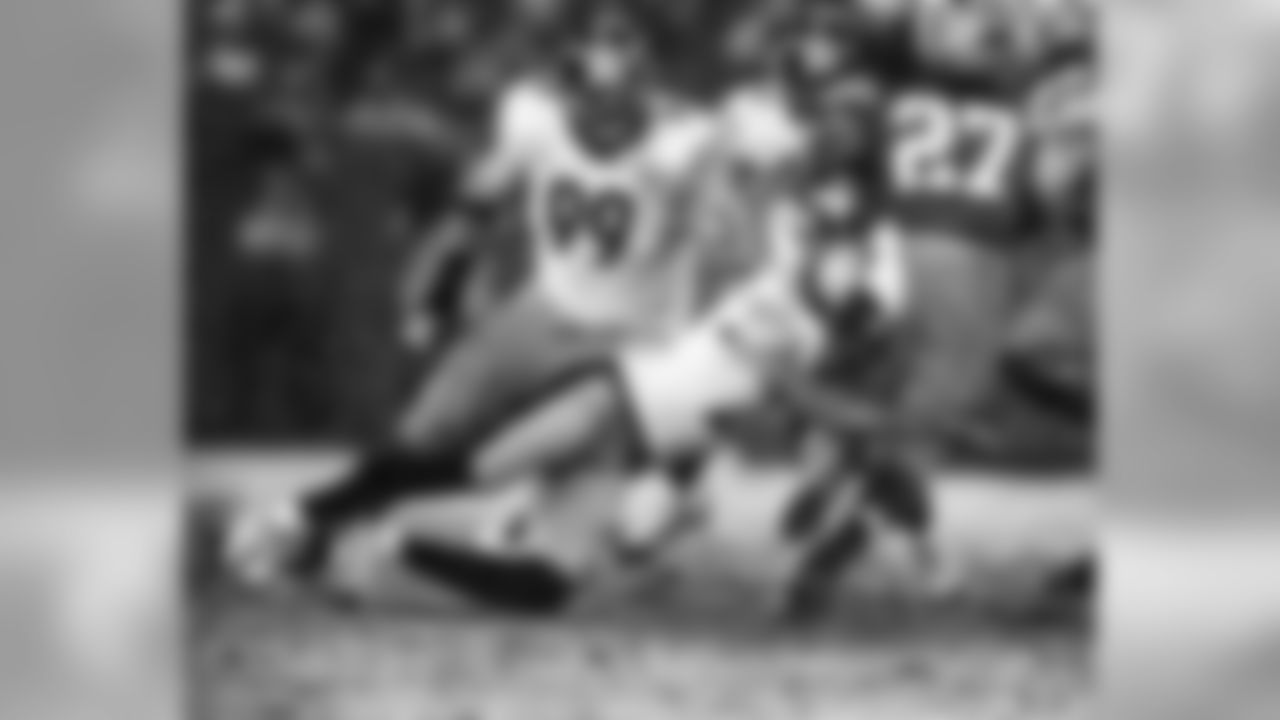

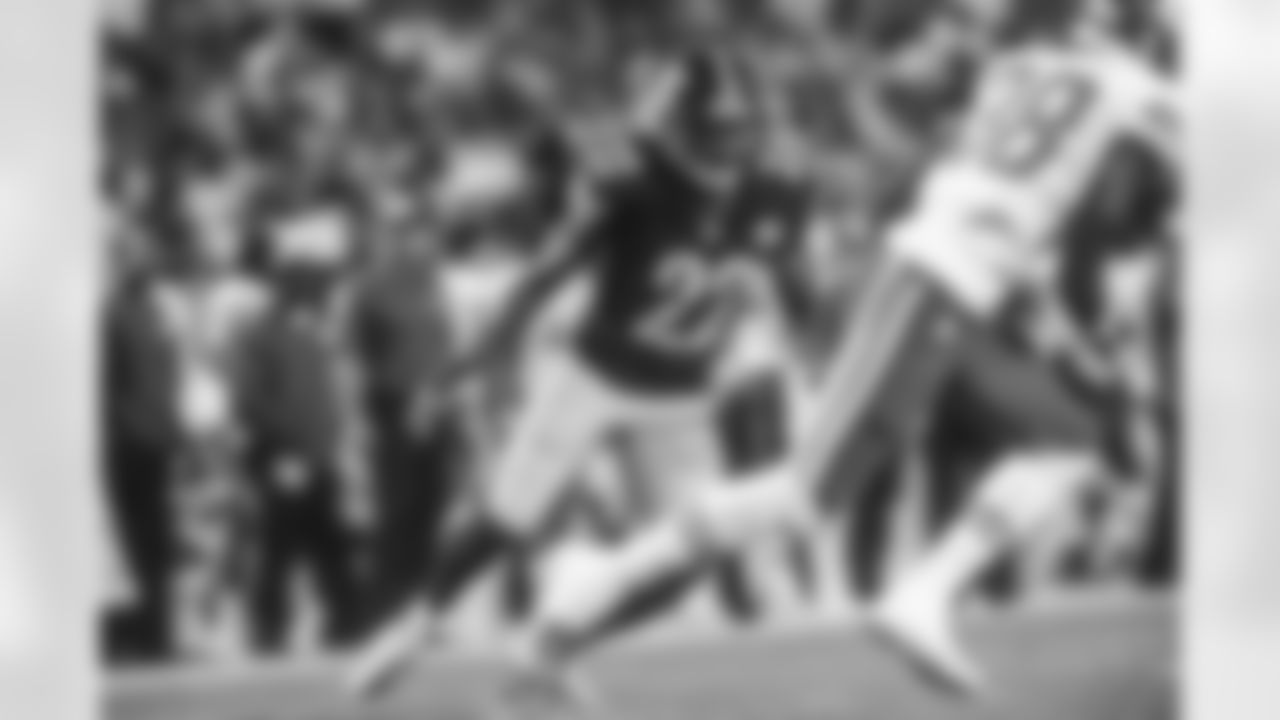






FOURTH ROUND
The Best: Ike Taylor
Other notable picks: Larry Foote, Willie Colon, Martavis Bryant, Landry Jones
If only he could catch. Those five words are arguably what stood between Ike Taylor and a career worth of Hall of Fame discussion, because he was a big, fast, physical cornerback who started 140 games for Steelers teams that won a lot of games and two Super Bowls. But while Taylor finished with 636 tackles, 134 passes defensed, and $47.7 million in career earnings, he only managed 14 interceptions, and in retrospect it sure seemed as though he dropped twice as many catchable balls.
But there is no doubt that for a while, Ike Taylor was a legitimate NFL shut-down cornerback who had no fear, and Bill Cowher often assigned him to follow the opponent's best receiver all over the field.
Larry Foote was the kind of player who was appreciated most when he had to be replaced by someone else. He had a 13-year NFL career, during which he started 134 of his 187 games played and contributed 818 tackles, 25 sacks, and 27 passes defensed. The Steelers were 10-4 in the playoffs with Foote as a starter, including 2-1 in Super Bowls.
Willie Colon played nine NFL seasons and was a starter in every game he played, first for the Steelers and then the New York Jets, while earning $22.3 million in the process. Martavis Bryant was a dynamic receiver who derailed his own career with chronic marijuana use. Landry Jones was drafted to be a backup quarterback, and that was his role throughout his five seasons with the Steelers during which he appeared in 19 games, with five starts, and posted a respectable 86.2 passer rating.
Top photos of cornerback Ike Taylor.








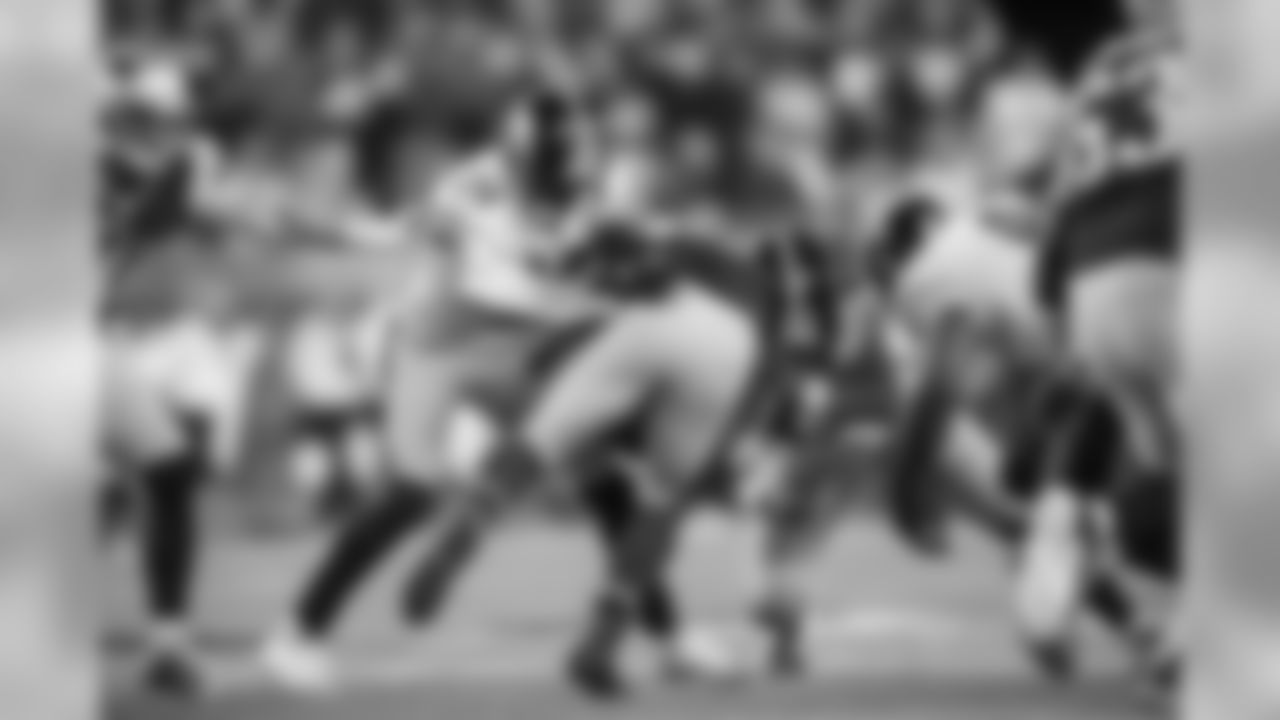






THIRD ROUND
The Best: Max Starks
Other notable picks: Mike Wallace, Emmanuel Sanders, Chris Hope, Trai Essex, Matt Spaeth, Keenan Lewis, Sean Spence, Javon Hargrave, Cam Sutton
Max Starks played 10 NFL seasons and was a starting tackle in 96 of his 125 career games. He was the Steelers starting right tackle in Super Bowl XL, and their starting left tackle in Super Bowl XLIII. Finding an offensive tackle with that kind of resume is difficult, and doing it in the third round of a draft is rare. Starks earned $27.9 million during his NFL career.
Mike Wallace and Emmanuel Sanders were a couple of the Steelers' early successes in drafting wide receivers in the third round of drafts, and both left via free agency for big-money contracts elsewhere when the decision was made to pay Antonio Brown instead. Matt Spaeth is the kind of blocking tight end the Steelers could really use now, and his career was shortened by bad knees.
If only Sean Spence hadn't sustained a severe knee injury in the preseason finale of his rookie season … because he was a Ryan Shazier-type hybrid inside linebacker before anyone ever heard of hybrid inside linebackers. Trai Essex was a versatile offensive lineman who was valuable for his ability to fill in at guard or tackle; Keenan Lewis seemed to be coming into his own as a starting cornerback when he cashed out as an unrestricted free agent; Javon Hargrave was valuable as a nose tackle with some pass rush skills who received a three-year, $39 million contract from the Eagles; and Cam Sutton has the inside track to start at right cornerback for the Steelers in 2021.
SECOND ROUND
The Best: Le'Veon Bell
Other notable picks: Stephon Tuitt, Marcus Gilbert, LaMarr Woodley, Marvel Smith, JuJu Smith-Schuster, Antwaan Randle El, Kendrell Bell
How it ended was ugly and acrimonious, but how it began was something special.
In Le'Veon Bell, the Steelers drafted a legitimate NFL feature back, a guy who could run it, catch it, and stand up and stone a pass-rusher if that was what was required. From 2014-17, Bell was voted to three Pro Bowls and was first-team All-Pro twice, with one of those four seasons limited to six games because of injury.
In 2014, he rushed for 1,361 yards and averaged 4.7 a carry, caught 83 passes for 854 yards, and scored 11 total touchdowns; in 2016, he rushed for 1,268 yards and averaged 4.9 a carry, caught 75 passes for 616 yards, and scored nine total touchdowns; and in 2017, he rushed for 1,291 yards and averaged 4.0 a carry, caught 85 passes for 655 yards, and scored 11 total touchdowns. Some of the decisions Bell made when it came to contracts may have been iffy, but with the football in his hands he always seemed to make the right move.
Marvel Smith, Marcus Gilbert, and LaMarr Woodley all were productive players, all were almost immediate starters, but all were hampered by injuries over the course of their careers with the Steelers.
Smith played in 111 regular season games with 108 starts, but only four times in his nine years with the Steelers was he able to suit up for all 16 regular season games. Smith was voted to the 2004 Pro Bowl, and he retired with two Super Bowl rings even though he was on injured reserve for Super Bowl XLIII.
Gilbert played on the same offensive line in college as Maurkice Pouncey, and he came to the Steelers one year after his University of Florida teammate. Gilbert played in 88 games for the Steelers with 87 starts, but only twice in his eight years in Pittsburgh was he available for all 16 regular season games.
Woodley was the second-round pick in the first draft of the Colbert-Tomlin collaboration, he became a full-time starter in his second NFL season, and an immediate success immediately after that. In the three seasons from 2008-10, Woodley posted double-digit sack seasons each year, with 35 of his 57 sacks with the Steelers coming during that span. Woodley also was someone who came up big in the postseason, because during the 2008 run to a victory in Super Bowl XLIII, he posted two sacks in each of those three postseason victories; in 2010, he had one sack in each of the three games of that postseason, which ended with a loss to Green Bay in Super Bowl XLV.
But injuries dogged Woodley, and in the three seasons following that loss to the Packers, he missed 14 regular season games.
Kendrell Bell burst onto the scene in 2001 by winning the Defensive Rookie of the Year Award, but injuries and the bad idea of trying to make him an edge rusher in passing situations prevented him from replicating the impact he had as a rookie.
Antwaan Randle El represented the first and best example of the Steelers evaluating a college prospect and projecting him to a different position in the NFL. A college quarterback at Indiana, Randle El played wide receiver in the Senior Bowl and worked out at that position at the Combine, and the Steelers picked him on the second round in 2002. Randle El made himself into an effective and dependable slot receiver, and in five seasons with the Steelers he averaged 12.3 yards on 184 catches, including seven for touchdowns. He also was an effective gadget player, and showcased that with a touchdown pass to Hines Ward in Super Bowl XL.
Stephon Tuitt and JuJu Smith-Schuster are still on the Steelers roster, they have shown throughout their time with the team to be productive players, and they remain a big part of the team's plans for the 2021 season.
Top photos of Running back Le'Veon Bell.









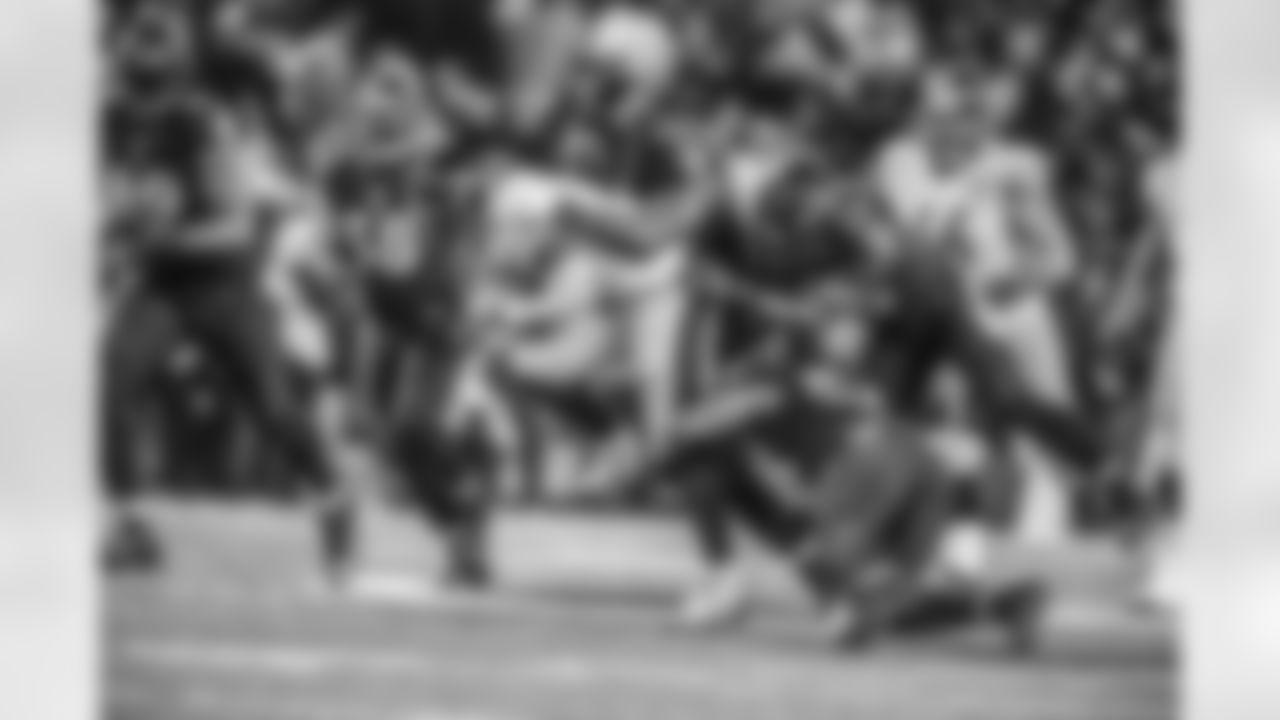


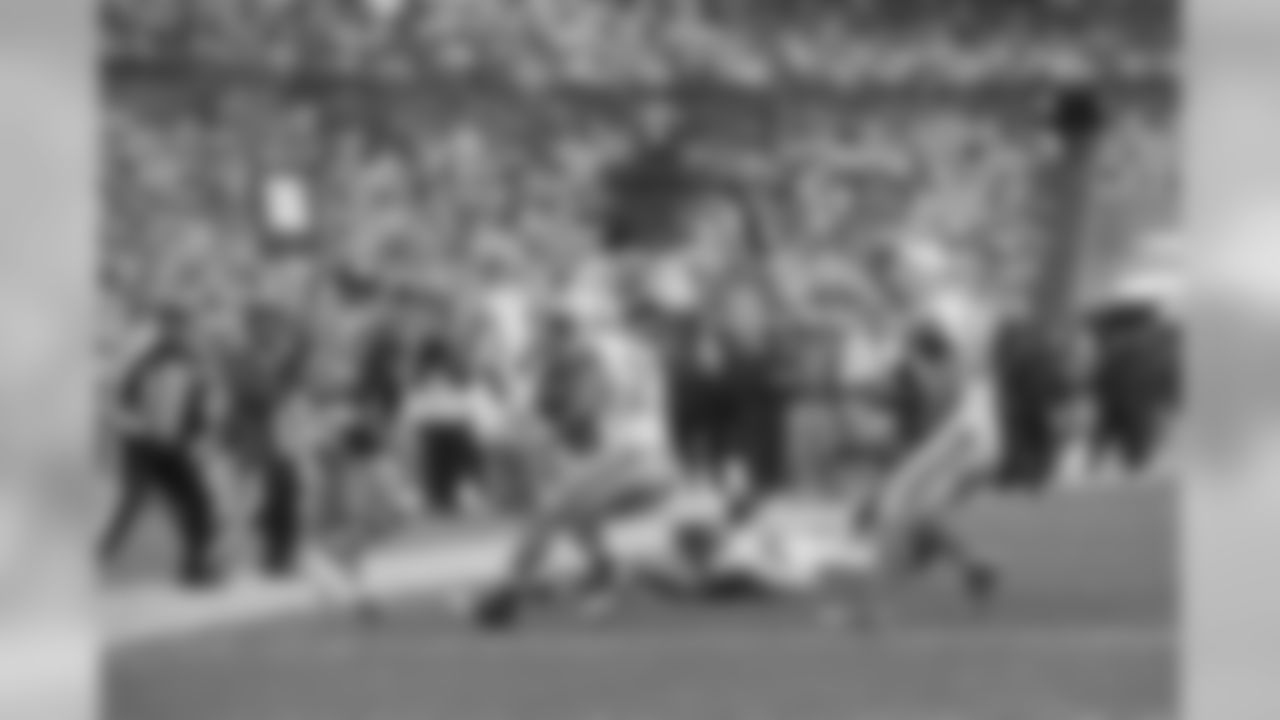
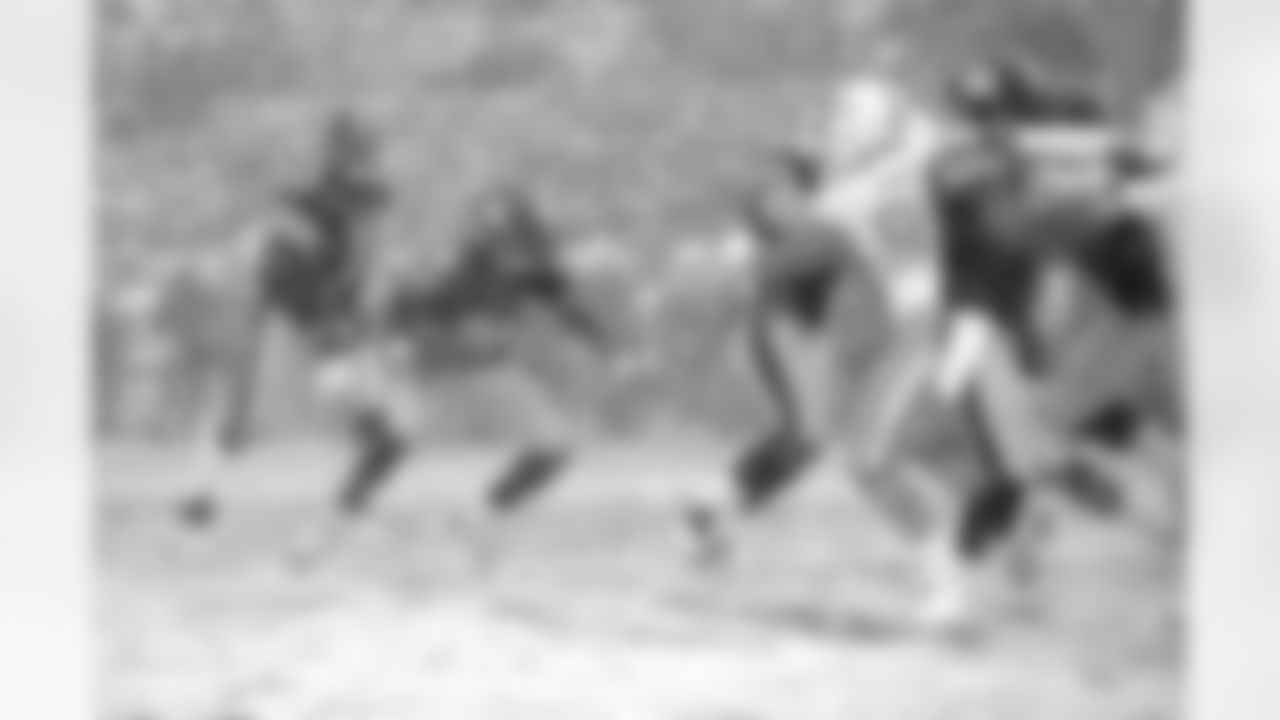


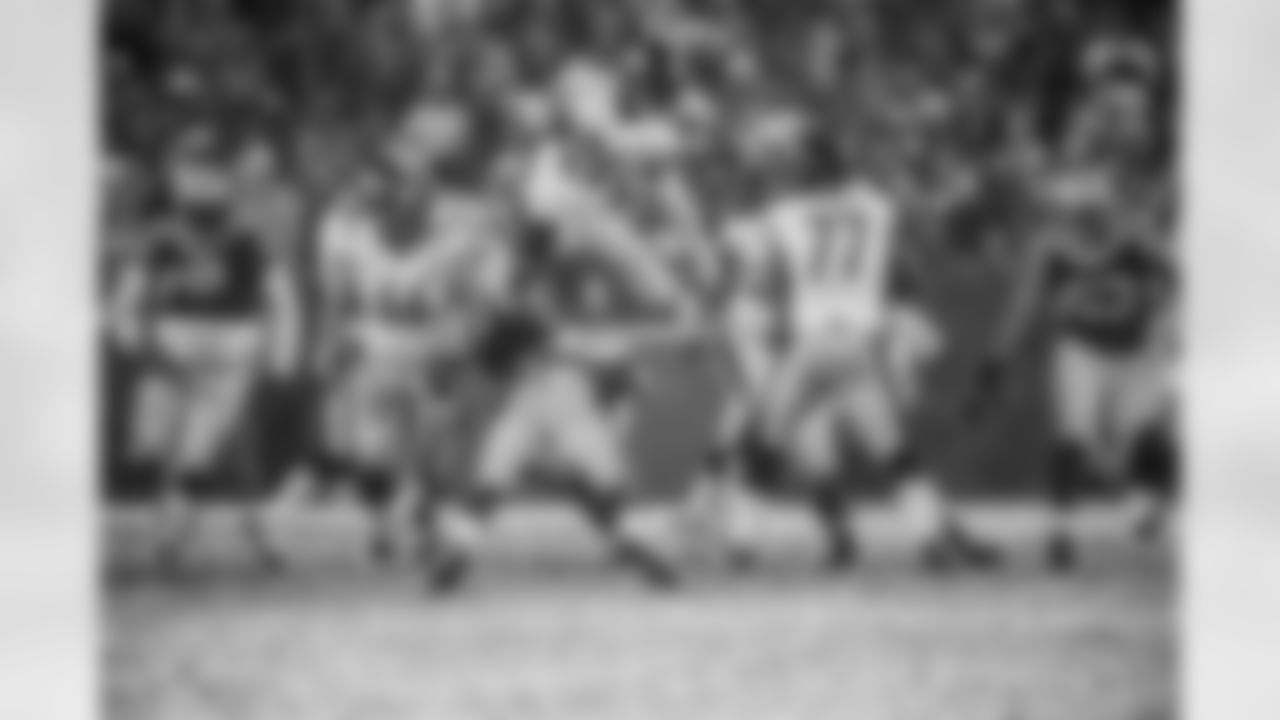







FIRST ROUND
The Best: Ben Roethlisberger
Other notable picks: Troy Polamalu, Heath Miller, Ryan Shazier, Santonio Holmes, Maurkice Pouncey, Casey Hampton, Cam Heyward, Bud Dupree, Plaxico Burress, David DeCastro, T.J. Watt.
Colbert has said on more than one occasion that an expectation for a first-round pick is that he become a Pro Bowl caliber player during his career, and the Steelers' No. 1 selections during his career with the team largely have lived up to that standard. There also have been four occasions when the Steelers made trades to move up or down in the first round, and the players who came to the team as a result of those moves – Casey Hampton, Troy Polamalu, Santonio Holmes, and Devin Bush – have been positive additions.
Polamalu will be enshrined in Canton in August as part of the Hall of Fame's Class of 2020, and not recognizing him as the best No. 1 pick of the Colbert era may seem counterintuitive, but when there is a two-time-Super-Bowl winning quarterback who is a likely Hall of Famer in his own right also on the "ballot," it makes more sense.
There is no denying that Polamalu was one of the true dynamic players in franchise history, and that Colbert's success in moving up in the draft to pick him rescued the Steelers from "settling" for either Penn State running back Larry Johnson or Florida State defensive end Alonzo Jackson as the consolation prize combine to make a compelling case for him. But in the NFL, it's simply a fact that quarterback is a more important position on any team than safety, and because Roethlisberger is one of a dozen in NFL history with more than one Super Bowl win as a starter puts him above Polamalu here.
In addition to Polamalu having been elected to the Pro Football Hall of Fame and Roethlisberger likely joining him there soon after he becomes eligible, Maurkice Pouncey, David DeCastro, Cam Heyward, and T.J. Watt all were voted first-team All-Pro at least once; Santonio Holmes never received any postseason honors, but he did make a spectacular catch in the final minute of Super Bowl XLIII to enable the Steelers to win their sixth Lombardi Trophy; Heath Miller is the best tight end in franchise history; Ryan Shazier was a pioneer in the way inside linebacker is now played in the NFL and was just scratching the surface before his spinal injury; Casey Hampton was voted to five Pro Bowls and was an integral part of great Steelers defenses for more than a decade; and Bud Dupree is a blend of size, power, and pass-rushing ability that has him on the fast-track to becoming one of the league's best at his position.
Take a look at some of the greatest photographs from the career of Steelers QB Ben Roethlisberger

The best photographs from the career of Pittsburgh Steelers QB Ben Roethlisberger

The best photographs from the career of Pittsburgh Steelers QB Ben Roethlisberger

The best photographs from the career of Pittsburgh Steelers QB Ben Roethlisberger

The best photographs from the career of Pittsburgh Steelers QB Ben Roethlisberger

The best photographs from the career of Pittsburgh Steelers QB Ben Roethlisberger

The best photographs from the career of Pittsburgh Steelers QB Ben Roethlisberger

The best photographs from the career of Pittsburgh Steelers QB Ben Roethlisberger
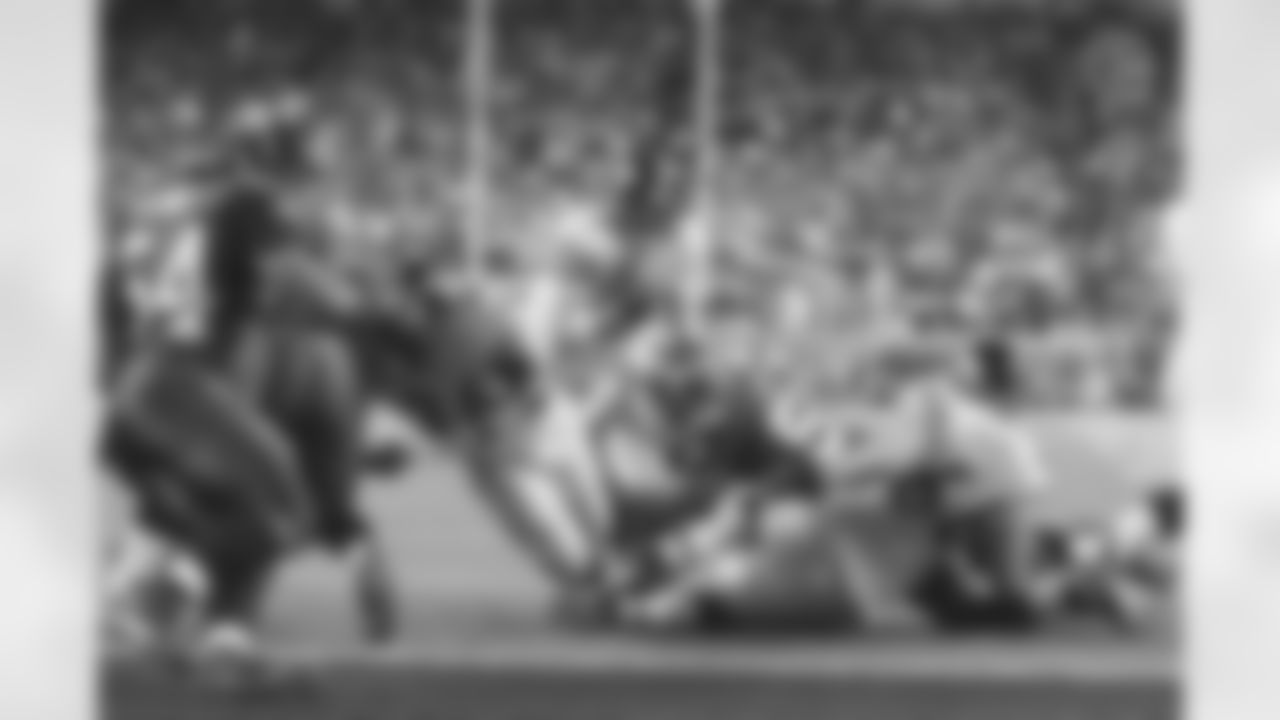
The best photographs from the career of Pittsburgh Steelers QB Ben Roethlisberger

The best photographs from the career of Pittsburgh Steelers QB Ben Roethlisberger

The best photographs from the career of Pittsburgh Steelers QB Ben Roethlisberger

The best photographs from the career of Pittsburgh Steelers QB Ben Roethlisberger
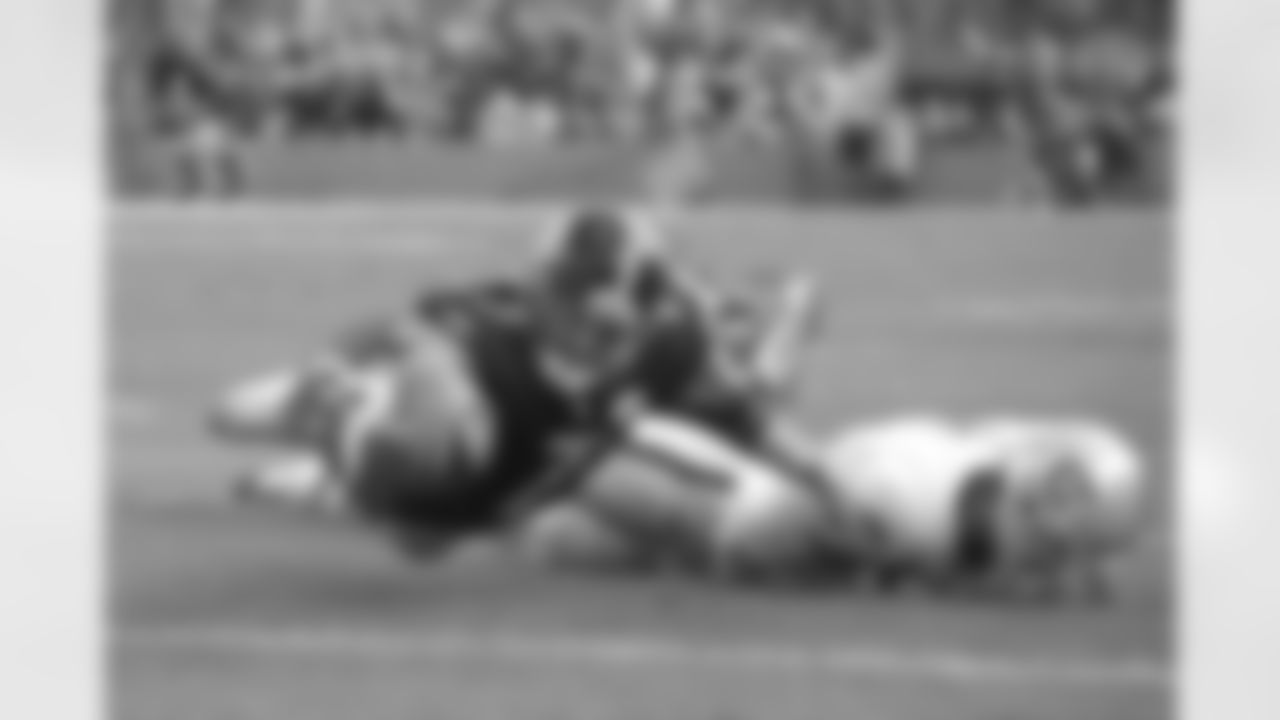
The best photographs from the career of Pittsburgh Steelers QB Ben Roethlisberger

The best photographs from the career of Pittsburgh Steelers QB Ben Roethlisberger

The best photographs from the career of Pittsburgh Steelers QB Ben Roethlisberger

The best photographs from the career of Pittsburgh Steelers QB Ben Roethlisberger

The best photographs from the career of Pittsburgh Steelers QB Ben Roethlisberger

The best photographs from the career of Pittsburgh Steelers QB Ben Roethlisberger

The best photographs from the career of Pittsburgh Steelers QB Ben Roethlisberger
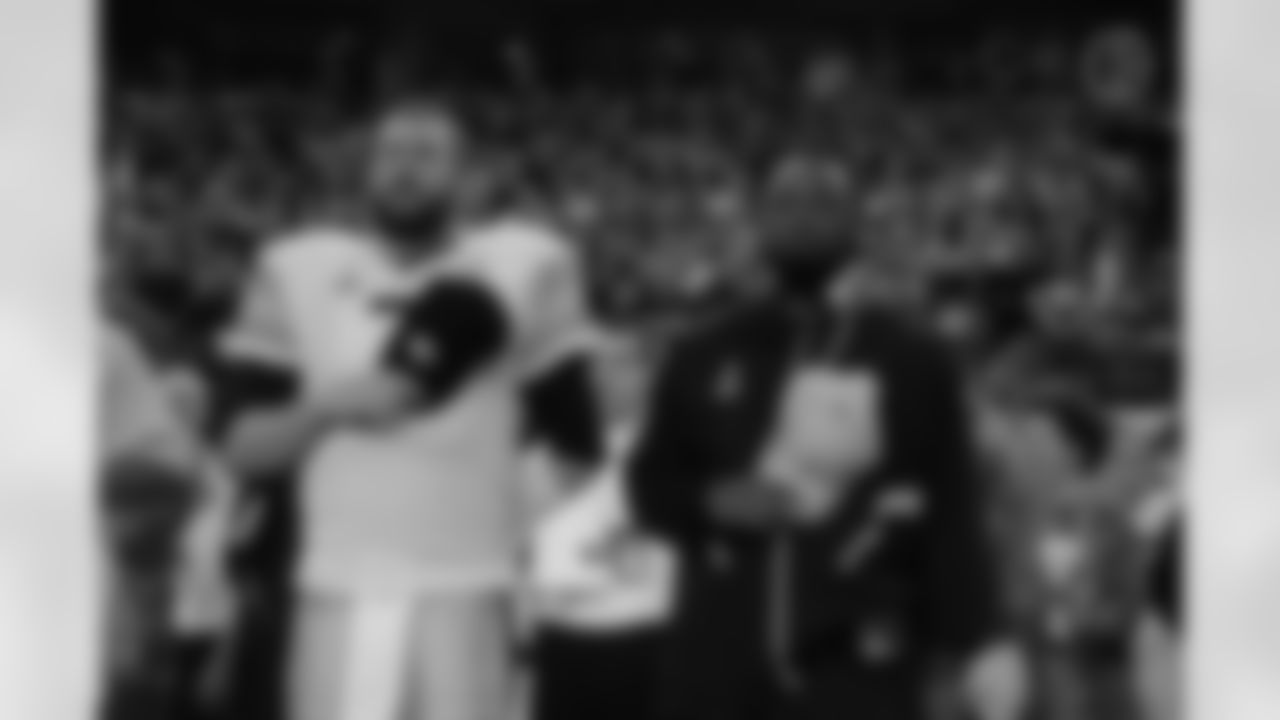
The best photographs from the career of Pittsburgh Steelers QB Ben Roethlisberger

The best photographs from the career of Pittsburgh Steelers QB Ben Roethlisberger

The best photographs from the career of Pittsburgh Steelers QB Ben Roethlisberger

The best photographs from the career of Pittsburgh Steelers QB Ben Roethlisberger

The best photographs from the career of Pittsburgh Steelers QB Ben Roethlisberger

The best photographs from the career of Pittsburgh Steelers QB Ben Roethlisberger
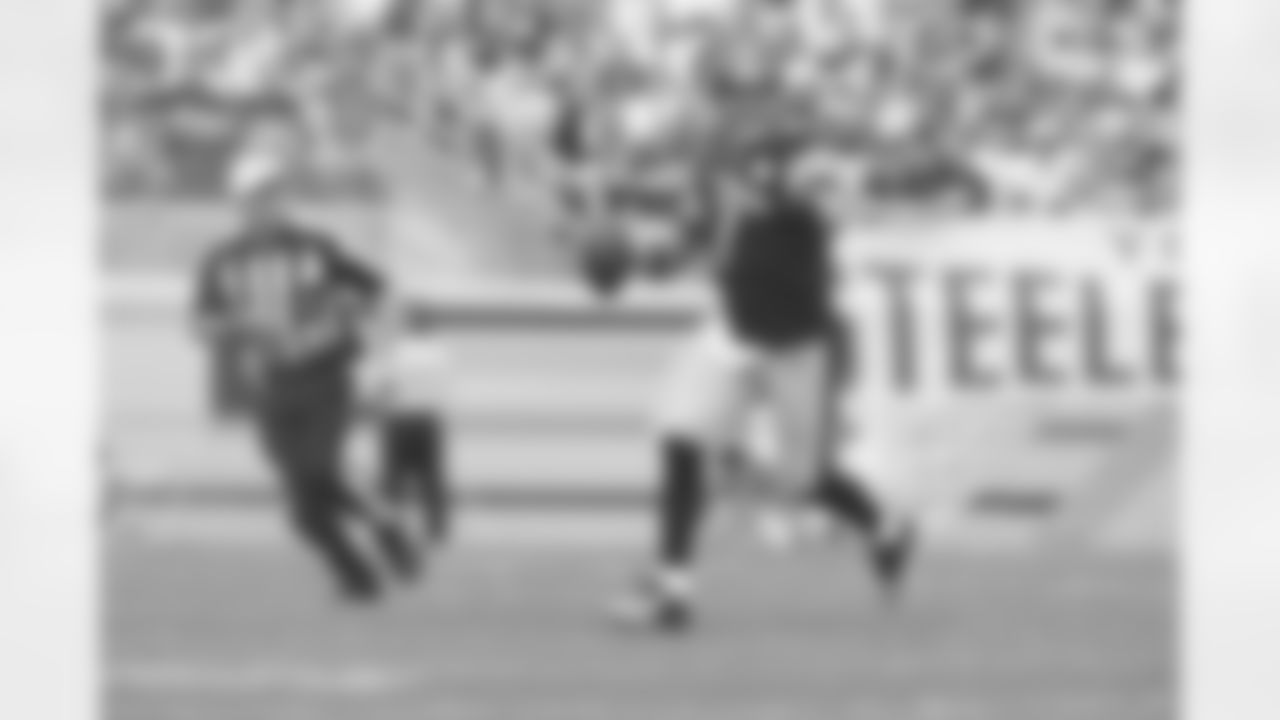
The best photographs from the career of Pittsburgh Steelers QB Ben Roethlisberger

The best photographs from the career of Pittsburgh Steelers QB Ben Roethlisberger

The best photographs from the career of Pittsburgh Steelers QB Ben Roethlisberger

The best photographs from the career of Pittsburgh Steelers QB Ben Roethlisberger

The best photographs from the career of Pittsburgh Steelers QB Ben Roethlisberger

The best photographs from the career of Pittsburgh Steelers QB Ben Roethlisberger

The best photographs from the career of Pittsburgh Steelers QB Ben Roethlisberger

The best photographs from the career of Pittsburgh Steelers QB Ben Roethlisberger

The best photographs from the career of Pittsburgh Steelers QB Ben Roethlisberger

The best photographs from the career of Pittsburgh Steelers QB Ben Roethlisberger

The best photographs from the career of Pittsburgh Steelers QB Ben Roethlisberger

The best photographs from the career of Pittsburgh Steelers QB Ben Roethlisberger

The best photographs from the career of Pittsburgh Steelers QB Ben Roethlisberger

The best photographs from the career of Pittsburgh Steelers QB Ben Roethlisberger

The best photographs from the career of Pittsburgh Steelers QB Ben Roethlisberger

The best photographs from the career of Pittsburgh Steelers QB Ben Roethlisberger

The best photographs from the career of Pittsburgh Steelers QB Ben Roethlisberger

The best photographs from the career of Pittsburgh Steelers QB Ben Roethlisberger

The best photographs from the career of Pittsburgh Steelers QB Ben Roethlisberger

The best photographs from the career of Pittsburgh Steelers QB Ben Roethlisberger
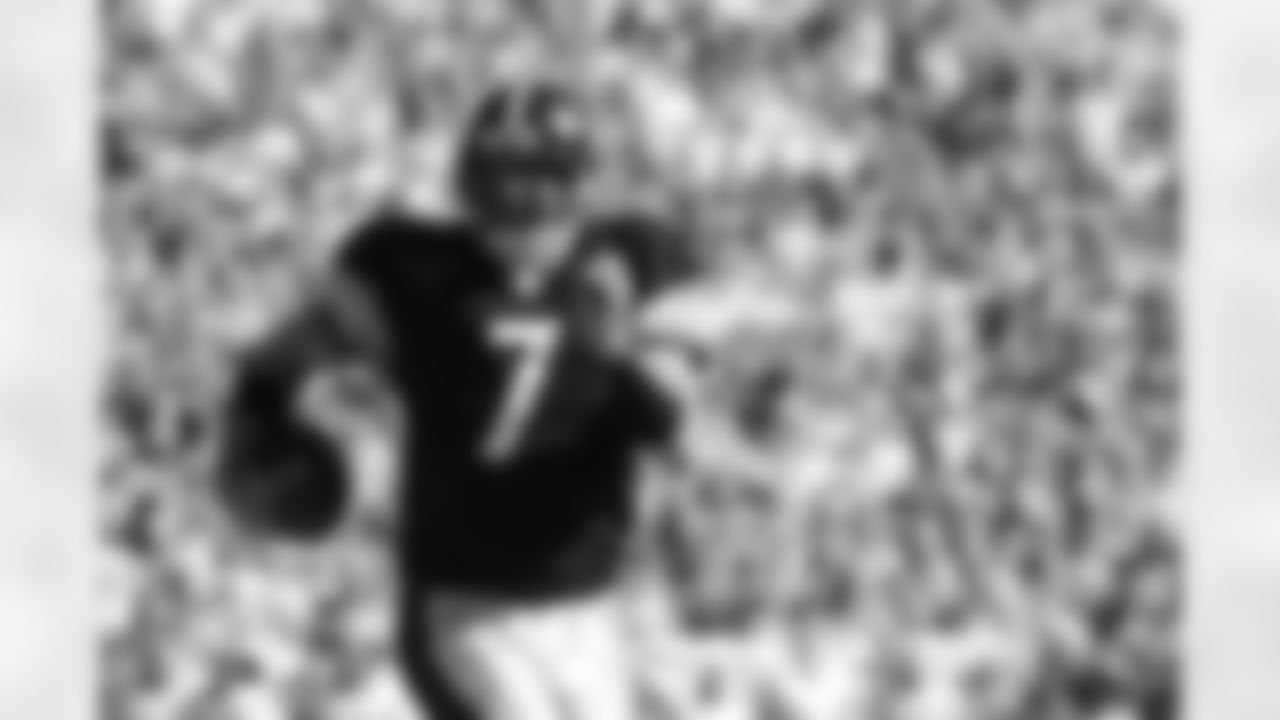
The best photographs from the career of Pittsburgh Steelers QB Ben Roethlisberger

The best photographs from the career of Pittsburgh Steelers QB Ben Roethlisberger

The best photographs from the career of Pittsburgh Steelers QB Ben Roethlisberger
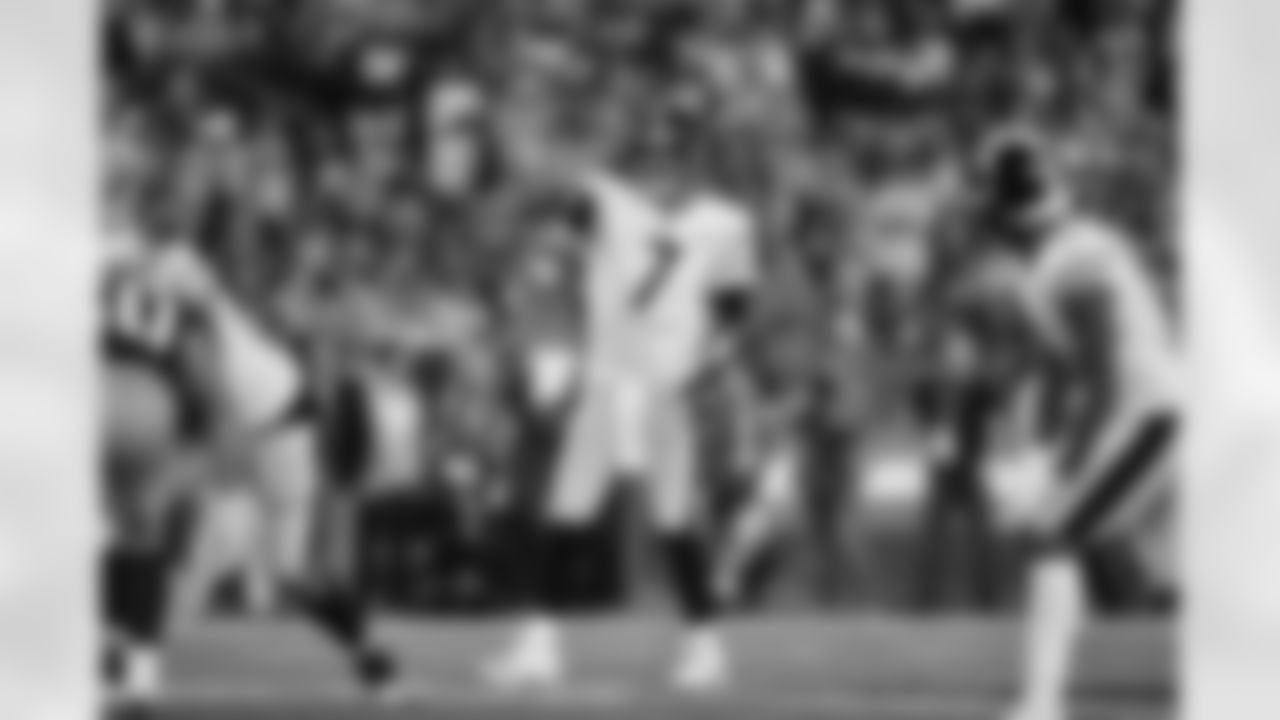
The best photographs from the career of Pittsburgh Steelers QB Ben Roethlisberger

The best photographs from the career of Pittsburgh Steelers QB Ben Roethlisberger

The best photographs from the career of Pittsburgh Steelers QB Ben Roethlisberger

The best photographs from the career of Pittsburgh Steelers QB Ben Roethlisberger

The best photographs from the career of Pittsburgh Steelers QB Ben Roethlisberger

The best photographs from the career of Pittsburgh Steelers QB Ben Roethlisberger

The best photographs from the career of Pittsburgh Steelers QB Ben Roethlisberger

The best photographs from the career of Pittsburgh Steelers QB Ben Roethlisberger

The best photographs from the career of Pittsburgh Steelers QB Ben Roethlisberger
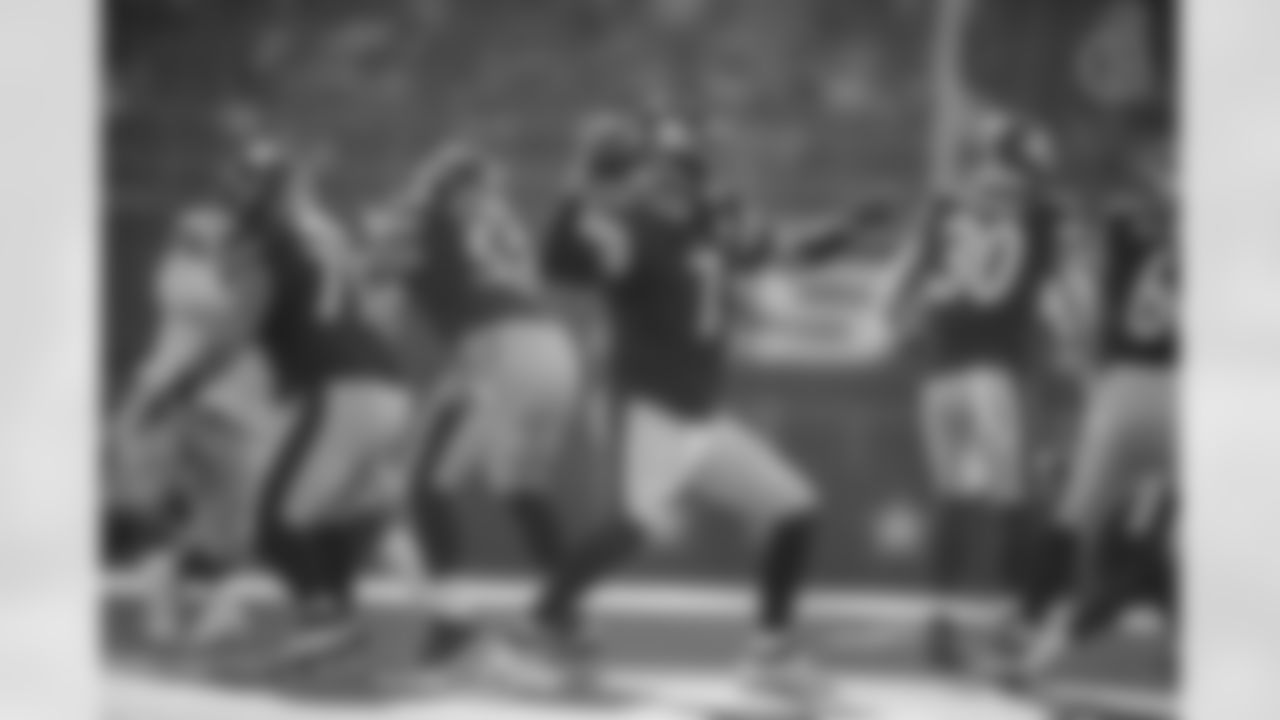
The best photographs from the career of Pittsburgh Steelers QB Ben Roethlisberger

The best photographs from the career of Pittsburgh Steelers QB Ben Roethlisberger

The best photographs from the career of Pittsburgh Steelers QB Ben Roethlisberger

The best photographs from the career of Pittsburgh Steelers QB Ben Roethlisberger

Take a look at some of the greatest photographs from the career of Steelers QB Ben Roethlisberger














